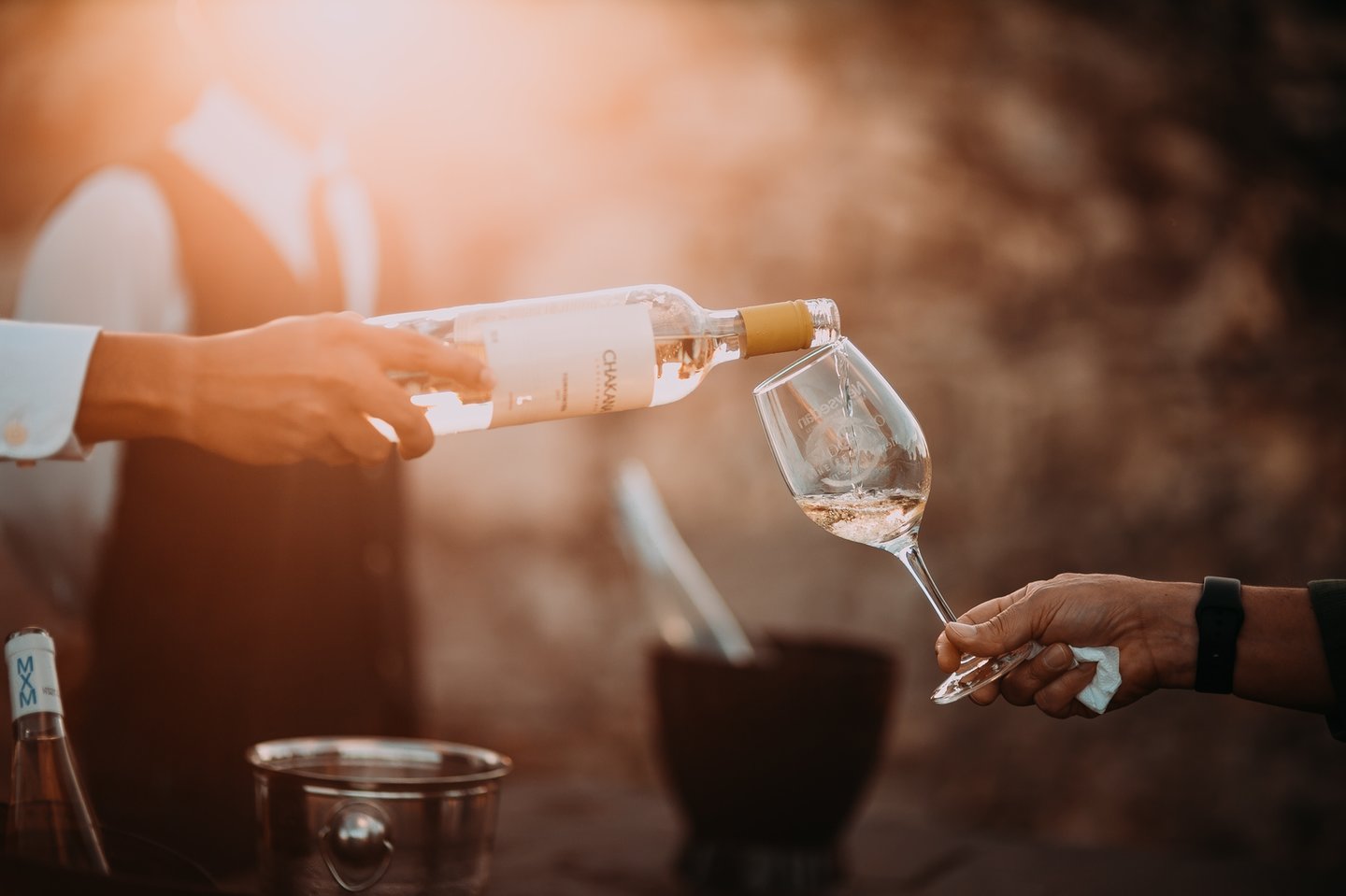
Blushing
AT PINK
Is rosé just for summertime enjoyment near the backyard pool or should it be a wine style that transcends seasonality?

“I don’t drink rosé,” a (male) wine colleague proudly proclaimed years ago, “it should make up its mind whether it’s red or white …” Granted that was 15 years ago but it was very much the prevailing sentiment at the time: that rosé is not “serious”.
Yet for a category of wine that isn’t taken “seriously” there are a “serious” number of pink wines available on retail shelves – and a “serious” number of producers making (hopefully) fairly “serious” sums of money out of it!
The numbers don’t lie: in the 2022 edition of the Platter Guide to South African wine there were 372 dry rosé, another 32 classified as off-dry or semi-sweet and a further 47 blanc de noir, making a total of 451 pink wines on the local market. Just 10 years ago, the 2013 edition of the same guide detailed 184 dry, 132 off-dry/semi-sweet and 28 blanc de noir for a total of 344 wines.
This is a category which is growing in prominence and availability – and it’s interesting to note that the number of sweeter pinks has declined from 132 to just 32. It’s possibly the most exciting thing about the huge growth of this category: the desire for dryness. Much of that can be attributed to the wonderful selection of grapes used to make them. Pinotage and cinsaut are ideal for pink wines. They provide that fruity, vibrant berry flavour which gives an impression of ripe sweetness while still remaining dry and refreshing. Traditional red wine grapes shiraz, cabernet sauvignon, cabernet franc and mourvèdre have the added advantage of providing some tannin and texture, adding a light backbone to the wines. Wine drinkers might not even realise why they prefer the dry styles but it’s because of the combination of fresh and vibrant acidity providing the succulence and then the texture or mouthfeel of the wine giving an impression of substance.
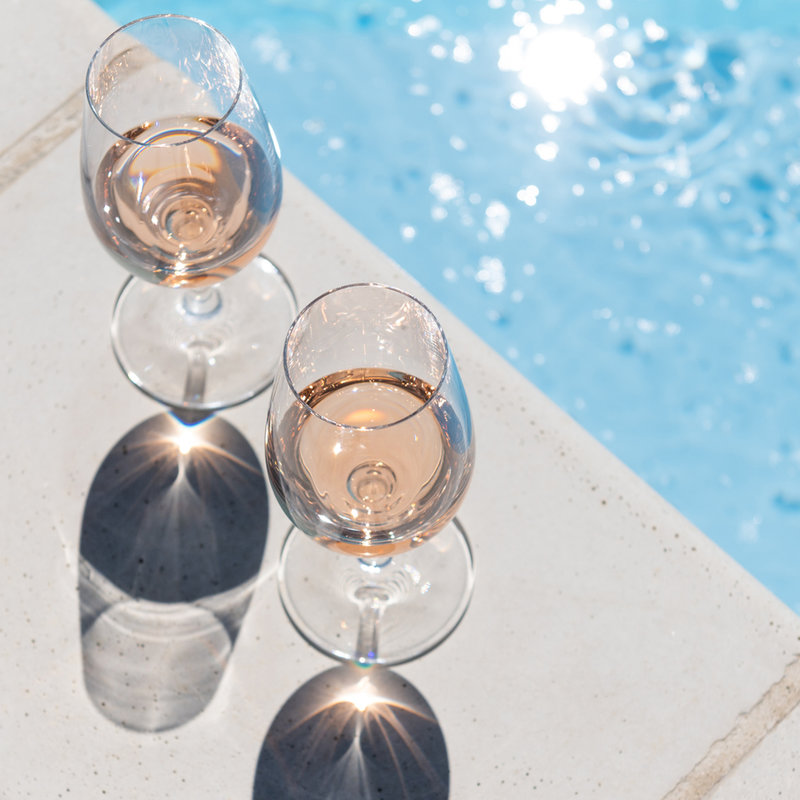
The one obvious change that anyone and everyone can notice and comment on is the colour of rosé. Gone are the days of the deep pink, verging on red, colour. Instead examples are delicately blush toned, from gossamer candyfloss to coral and salmon hued. Cue cranky anti-rosé colleague again … “You can’t drink colour!” No, you can’t but it certainly affects the consumer decision to take a bottle off the shelf and put it in the shopping cart!
Internationally, there are two rosés that are on people’s lips – both because they’re talking about them and also because of their taste: Whispering Angel and Miraval. If the latter wine sparks a hint of recognition it’s because it’s the rosé made at the chateau bought by Brad Pitt and Angelina Jolie in 2008. (It’s been in the news because Jolie sold her share to the Stoli group without notifying Pitt of the sale. It’s made the high-profile celebrity divorce settlement even more complex …)
Miraval rosé is a wine that sells for around $30 (R480) while Whispering Angel by Chateau d’Esclans retails for around $25 (R425). Both of these wines are credited with the boom in pink wine sales in the United States. Between 2015 and 2019 rosé sales increased by an average of 18.5% per year!
Speaking in a recent podcast by Wine for Normal People, Master of Wine and the recognised authority on rosé, Elizabeth Gabay said rosé “generally gets a bad reputation – which it partly deserves because cheap rosé is not good”, but she made the point that there is as much expensive rosé as there is expensive red or white. But when people talk about the latter, there is a natural discussion about the wines being terroir driven, something that doesn’t happen with rosé.
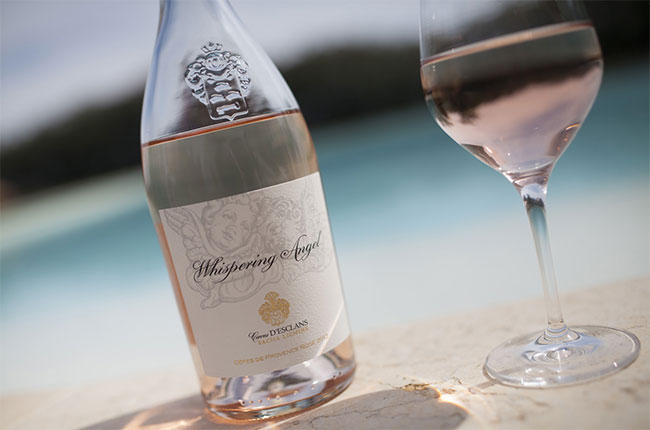
Gabay is well placed to talk like this, having authored two books on rosé: Rosé: understanding the pink wine revolution and Rosés of southern France. She paraphrased an interchange she had with a Provençal rosé producer who said, essentially, why are we going to bottle something serious when people don’t take it seriously?
In South Africa, there are a few producers who are trying to do just that. And while it’s OK for producers to confidently demand “serious” prices for their pink wines, consumers need to be OK paying them! There are already a few examples out there: like Avondale Camissa which sells for around R240 a bottle, or L’Avenir Glenrosé for R250. Babylonstoren mourvèdre rosé, Waterkloof Circumstance Cape Coral mourvèdre, Glenelly le rosé de May, Creation grenache/viognier, Van Loggerenberg Break a Leg cinsaut and Pink Valley are all R130 to R150 a bottle.
Avondale and Waterkloof are biodynamic producers, farming as close to nature as possible, eschewing machinery and artificial chemicals, for example. Pink Valley is an unusual blend of grenache, sangiovese and shiraz – all of which are farmed specifically for rosé, not something seen too often on the South African scene.
As Gabay pointed out, in France, rosé outsells white wine, and even outsells red wine for a good four months of the year. Consumers genuinely love it. “Rosé is the fastest growing market segment across the world, and any shipper, wine shop or bar with a wine list comprising three pages of reds and a singular, lonely rosé or two is shooting its bottom line in the foot.
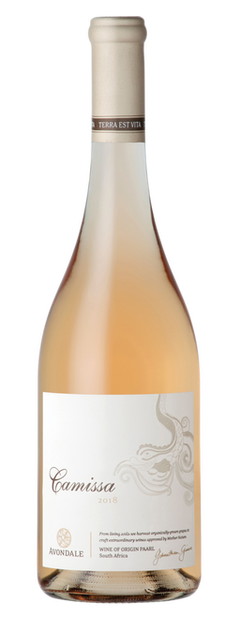
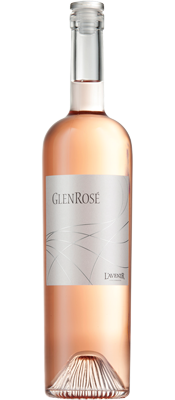

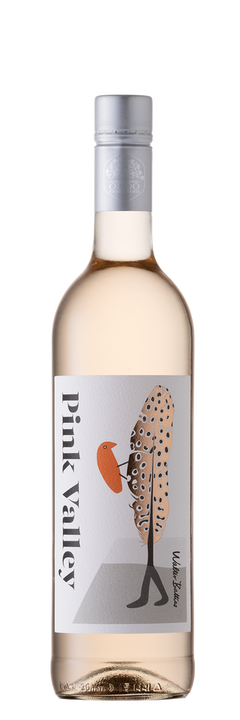

“Rosé belongs at every price point, in a range of styles, and can appeal to any kind of consumer, at any time of year. Upsell your rosé, don’t fight it. My message to anyone in the wine trade is simple: Give rosé a chance.”
